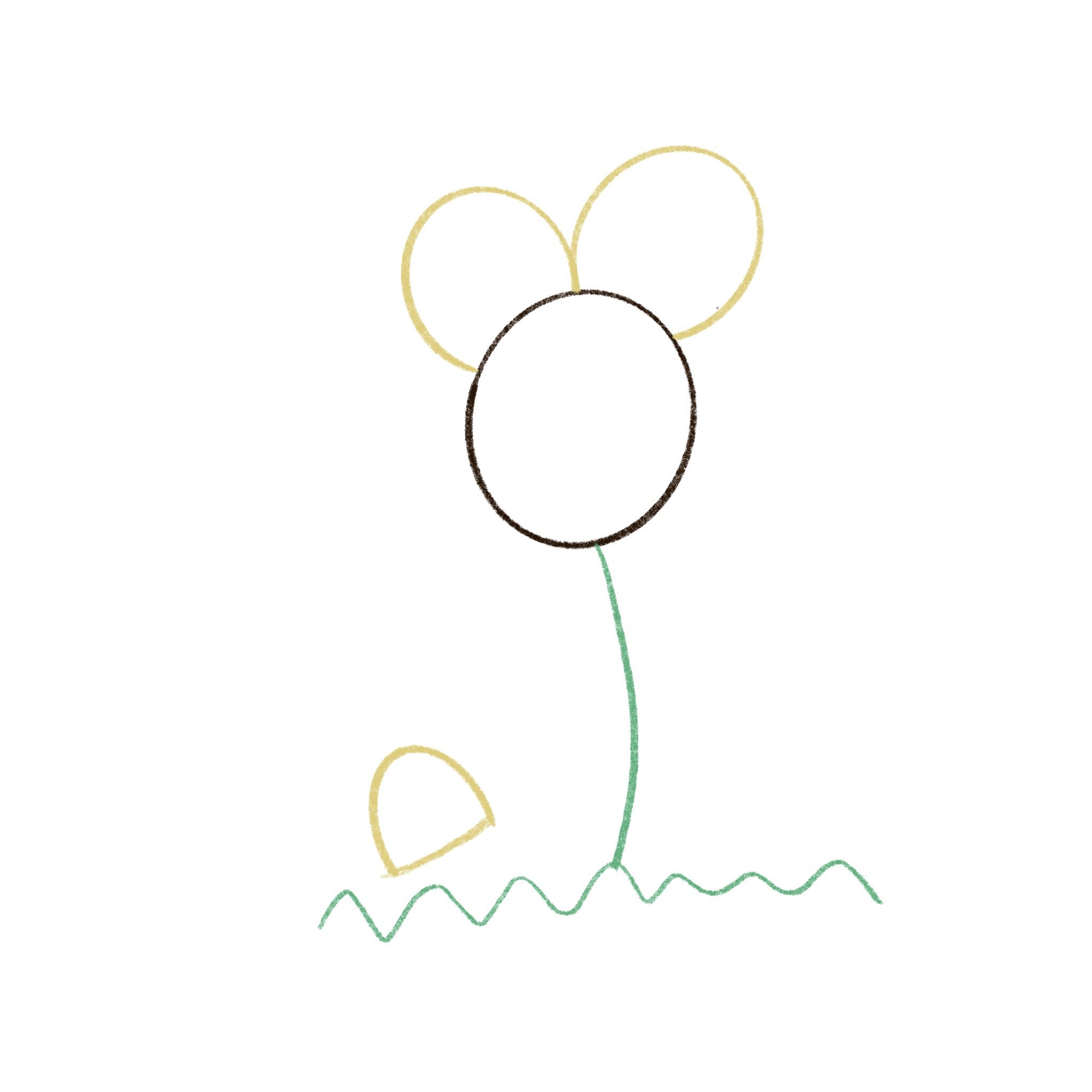How I Used Flowers to Help My Students Become Better Writers
There is a single day in March and April when Spring announces itself with the full bloom of pollen. This became a problem for me when I found myself sneezing uncontrollably while walking across the Yard one day I looked across the ground to identify the source of my anguish. I saw a singular flower on the patch of the yard closest to the entryway of the building where I was going to teach a writing tutorial. The shape of the flower helped me conjure up an analogy for my students who were struggling with writing clear, argumentatively complete, and concise papers.
The Stem and the Center of the Flower
The main argument of the paper is the center of a paper like the center of a flower. It is the place from which all of the subsequent claims will be developed and attached. The thesis, the center of the flower, is the reason why the reader is here. The stem is any context the reader needs to know in order to be introduced to your thesis. The stem is the first thing you pick up in order to see the flower closer, so it’s important to make it sturdy and worthwhile.
A Flower Petal
These are replicas of the drawings I did in the classroom.
Flower petals have different shapes and sizes based on the kind of flower it is. For simplicity's sake, think of a U-shaped petal. Depending on the size of the writing project, a singular petal could represent a singular paragraph to a whole section or chapter. The most important thing is to attach the pedal to the center of the flower. So let’s say the central argument is that Amsterdam is the greatest city to live in because it’s environmentally friendly. One petal should be used to explain what you mean by environmentally friendly or the metric for being environmentally friendly. By the end of the paragraph and by the closing of the petal you’re developing or drawing, the reader should have learned something new. Each petal advances the argument further and further until the full flower is complete.
Common Mistakes That Lead to Differently Shaped Petals
Flower Petal Hanging by a Single Point
There are times when one is writing and the reader is left with the same amount of information as when they started the paragraph. This is either because the writer has repeated unnecessary information or introduced a quote, piece of evidence, or a claim that doesn’t provide new insight for the reader. It’s important to provide information that will widen the petal into a full petal.
A Fallen/Detached Flower Petal
Sometimes the writer has a paragraph or a section with a clear starting and end point. The narrative or argumentative arch of the paragraph makes a full petal, but it’s completely detached from the central thesis or argument of your paper. It’s a petal complete in and of itself, but detached from what you are telling your readers. It leads to a petal that just lies on the floor next to the flower.
The Flower Petal That Never Became a Petal
Sometimes, when writing, a student may have a clear starting point or topic sentence but then something, a point, takes them off course. A run-on sentence. A tangential point. Veering into a debate over a term you used. These are all things that can take your reader off track. At some point, the writer forgot to make that U-turn and close the loop on the point they were making.
Conclusion
By avoiding these common mistakes, a writer can then focus on the transitions between each of their paragraphs. A good transition is like the space between two petals–tight and virtually unseen.
A good paper has different-sized petals. While in the natural world, this may look like an ugly flower, in the metaphorical world of writing it makes a beautiful flower – a clear, whole, and concise piece of writing. And the best part is that it doesn’t cause anyone to sneeze!



